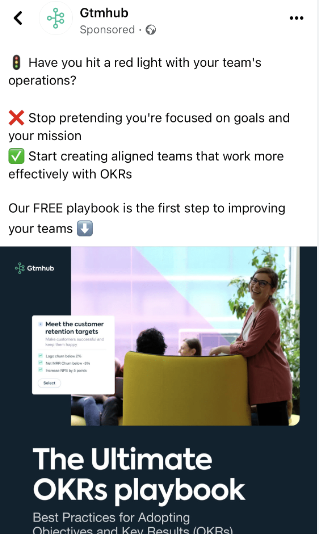Have you ever considered to become a freelance copywriter? How ever, you might think that it requires tons of experience and excellent writing skills. I’m happy to tell you, that is not the case. In fact, anybody can learn it and it’s more simple than you might think. In this article I will provide examples for you that you can use as inspiration and start copywriting.
Copywriting Can Be Learned Easily
Copywriting can be learned easily by studying examples of good copy. By analyzing what makes these examples effective, you can learn how to apply the same principles to your own writing.
There are a few key elements that make up good copywriting. First, it must be clear and concise. It should get to the point quickly and not waste the reader’s time with unnecessary fluff.
Second, good copywriting is persuasive. It tries to convince the reader to take some kind of action, whether that’s buying a product, signing up for a service, or anything else. To do this, it uses strong arguments and appeals to emotion.
Third, good copywriting is well-written. This may seem like an obvious point, but it’s important nonetheless. Poorly written copy will turn off readers and make them less likely to take any action that you want them to take.
If you want to become a good copywriter, study examples of good copy and see how they use these three elements effectively. With practice, you can learn to write persuasive, compelling copy that gets results.
Sales letters
Salesletters are one of the most important aspects of copywriting. They can make or break a sale, and should be treated with care.
There are a few key things to keep in mind when writing salesletters. First, you need to capture the attention of your reader. The headline and opening paragraph are crucial for this. You need to make sure that your headline is attention-grabbing and relevant to the product or service you’re selling. The opening paragraph should be interesting and provide some information about what the reader can expect from the rest of the letter.
Second, you need to clearly state what it is you’re selling, and why the reader needs it. Be concise and direct in your language, and provide specific details about what the product or service can do for the reader.
Third, you need to create a sense of urgency. The reader should feel like they need to act now in order to take advantage of what you’re offering. This can be done by providing a limited time offer, or by stressing the importance of the product or service.
Fourth, you need to provide a call to action. Tell the reader exactly what they need to do in order to take advantage of your offer. Be clear and concise in your language, and make it easy for them to follow your instructions.
Fifth, you need to close by thanking the reader for their time, and reiterating your offer. Thank them for considering your product or service.
Example:

Newsletters
As a copywriter, you should be aware of the different types of newsletters and their purposes. Here are some examples to help you get started:
1. E-newsletters – These are typically used to keep subscribers up-to-date on news related to your product or industry. They can also be used to promote special offers or new products/services.
2. Marketing newsletters – These are designed to promote your company’s products or services to potential customers. They usually include information about special offers, new product releases, or tips on using your products/services.
3. Customer newsletters – These are sent to current customers and usually contain helpful information about your products or services, as well as updates on new features or upcoming events.
4. Employee newsletters – These help keep employees informed about company news, changes, or new initiatives. They can also be used to promote employee morale and recognition.
Ads
First, you want to make sure that your headlines are clear and concise. You also want to make sure that your body copy is persuasive and convincing. Finally, you want to include a call to action that encourages the reader to take the next step.
Here are a few examples of good ad copy:


Product Description
There are a few key elements that make up good copywriting. The first is understanding your audience and what they want to hear. What are their pain points? What are their goals and preferences? Once you know this, you can start crafting your message.
The next step is to make sure your writing is clear and concise. No one wants to read a huge wall of text, so get to the point and make every word count. Describe the key features of the product and other important information that is important for the customer.
This example is from an online store that sells outdoors gear:

Job Description
As an employer, it is important to include the job title and a brief description of the role, the required skills and qualifications, the expected workload, the desired salary range, any benefits offered, the location of the job, the start date or deadline for applications, and any other related information.
Additionally, you should provide a detailed list of responsibilities and expectations for the position. This will help potential candidates better understand what the job entails and determine if they are a good fit for the role.


Conclusion
Becoming a good copywriter takes time, effort and dedication. However, it is not that difficult to learn. So don’t be afraid to put yourself out there and start offering your services. As you can see, copywriting is mostly based on offering solutions to problems for people. Define a problem that the customer is facing, appeal to emotions and offer a solution. I hope these real-life examples gave you some direction. If you want to start offering copywriting services, you can offer them in Fiverr or Upwork.
